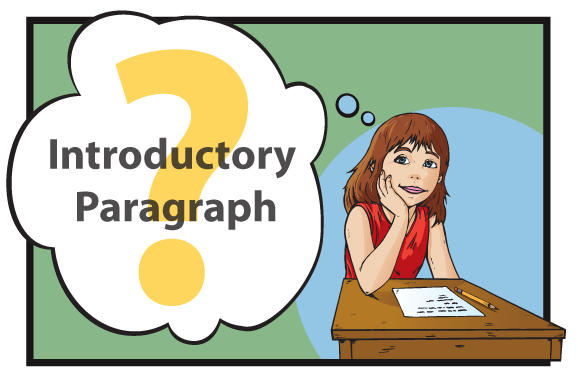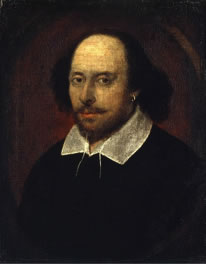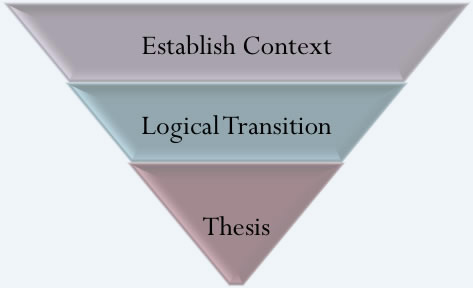The Introduction as a Guide to the Thesis

In this section, you will review the introductory paragraph (including the thesis).
To write an effective essay you must have a thesis or controlling idea. Watch “What Is a Thesis Statement . . . and how do I know if I have one?“ You will learn what a thesis is and is not and where it is usually placed in the introductory paragraph of the essay. You will learn how to assess your own thesis and revise it (if necessary).
Source: What is a Thesis?, Jason Dockter, YouTube
- Make it pass the “So what?” test. Why does your point of view matter? For example, “Global warming is a problem affecting our future.” This thesis makes a vague argument that most people have already heard. This does not pass the “So what” test. A better thesis is: “Average citizens can improve their environment by composting their food waste.”
- Make it specific. Eliminate vague and generic words. Here is a vague thesis: “Racial profiling is bad.” A better thesis is: “Racial profiling discriminates against people of color and should be stopped.”
- Make it concise. Eliminate unnecessary words and empty intensifiers such as very, really, so. Take, for example, this thesis: “Because many people have a very serious problem with obesity and being overweight, schools should not be allowed to serve bad foods like chips and other junk food.” There’s an argument in here somewhere, but a better thesis is: “The availability of junk food at school significantly contributes to rates of obesity in teenagers.”
- Make it argumentative. Does your thesis present a strong argument? Even an informative paper needs to have a point of view. Weak thesis: “Deer in the roadway are a problem.” It poses an argument, but it is a weak one. A better thesis is: “The rising suburban deer population is dangerous to residents and the environment and can be controlled through humane methods.”
- Make it match the contents of the paper. Sometimes a paper’s argument evolves while it’s being written, but the writer fails to adjust the thesis statement.
In this presentation you learned what distinguishes a thesis from any other statement: the writer’s assertion of an opinion on a particular subject. You can also think of the thesis as the answer to the question posed in an essay prompt.
In an analytical essay prompt, you may be asked to interpret a piece of literature by using specific examples from the text to build a logical argument (beyond reporting, summarizing, or merely describing the piece). You may be asked to analyze plot, character, point of view, setting, style, tone, symbol, or theme. Suppose you were given a prompt such as this: “Analyze how the imagery in Romeo and Juliet reveals Shakespeare’s view of mankind.” Look at the example below from Michael Degen’s Crafting Expository Argument.

Source: The “Chandos” portrait of William Shakespeare, Wikimedia Commons
Topic (subject): Nature imagery in Romeo and Juliet
Thesis: In Romeo and Juliet, William Shakespeare’s skillful use of imagery borrowed from the world of nature paints a vivid portrait of the emotional and physical makeup of man.
This thesis asserts that Shakespeare’s vivid nature imagery conveys his sense of the emotional and physical makeup of man. It also creates a blueprint for the organization of the essay. The reader knows that the writer will be discussing “imagery borrowed from nature” and how it represents the “emotional and physical makeup of man.”
Now, let’s talk about the rest of the introduction (the broad part of the inverse pyramid that narrows to the specific thesis at the end of the paragraph). You have two goals in this introduction:
- Establish context for the reader by including the title and author of the piece
- Guide the reader with a logical transition from context to thesis statement

Consider this introduction from a sample student essay featured in Literature: An Introduction to Reading
and Writing.

At first, the complexity of Eudora Welty’s plot in “A Worn Path” is not clear. The main character is Phoenix Jackson, an old, poor, and frail woman; the story seems to be no more than a record of her walk to Natchez through the woods from her rural home. By the story’s end, however, the plot is clear: It consists of the brave attempts of a courageous, valiant woman to carry on against overwhelming forces. Her determination, despite the great odds against her, gives the story its impact. The powers ranged against her are old age, poverty, environment, and illness.
The student writer establishes context for the reader by providing the title of the story, the author, the main character, and the setting. The sentence that begins “By the story’s end” builds a bridge between the context and the thesis. The student asserts that Phoenix Jackson will have to fight the forces of “old age, poverty, environment, and illness.” Remember that the introduction to your essay will make the first impression on your reader, so make it count!